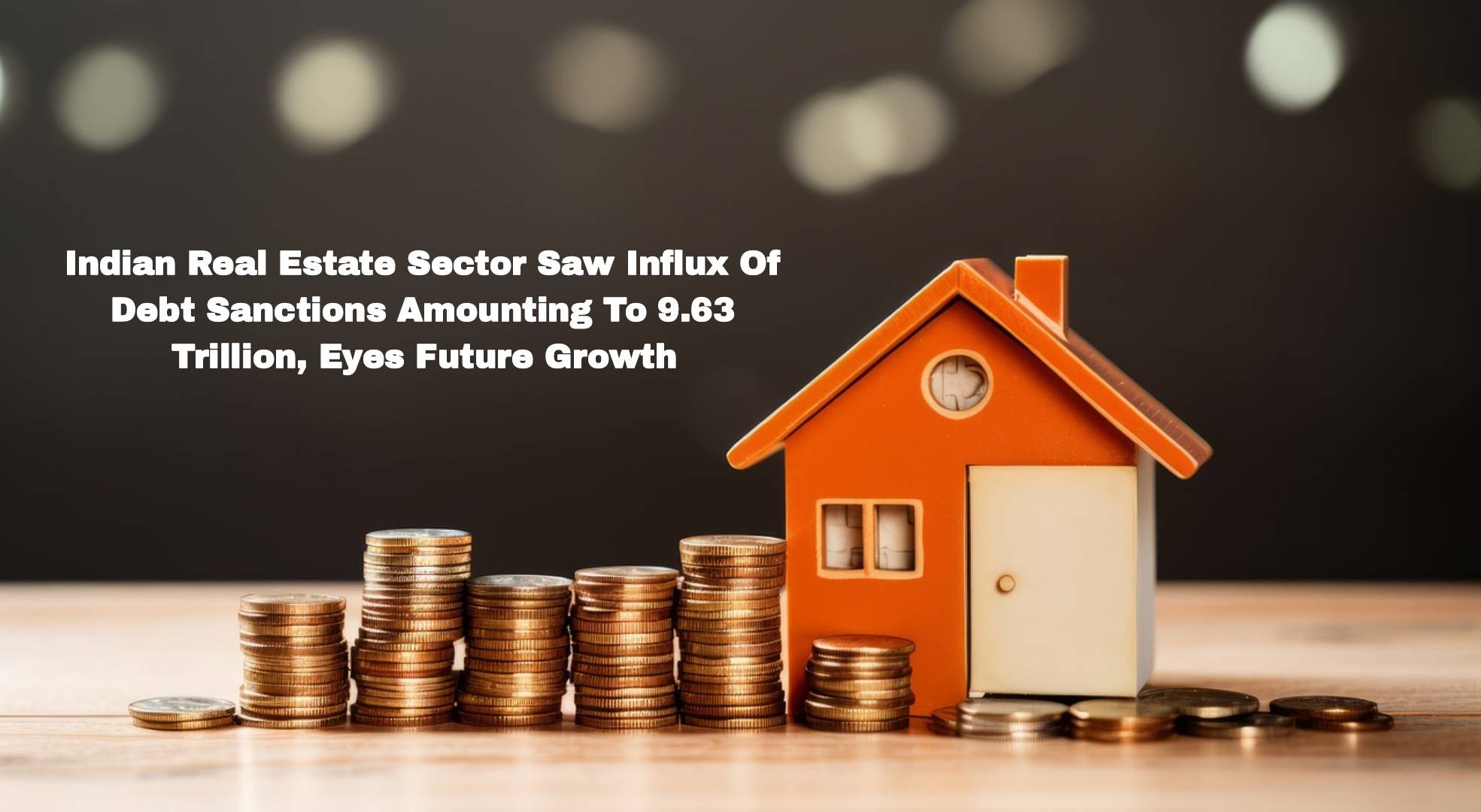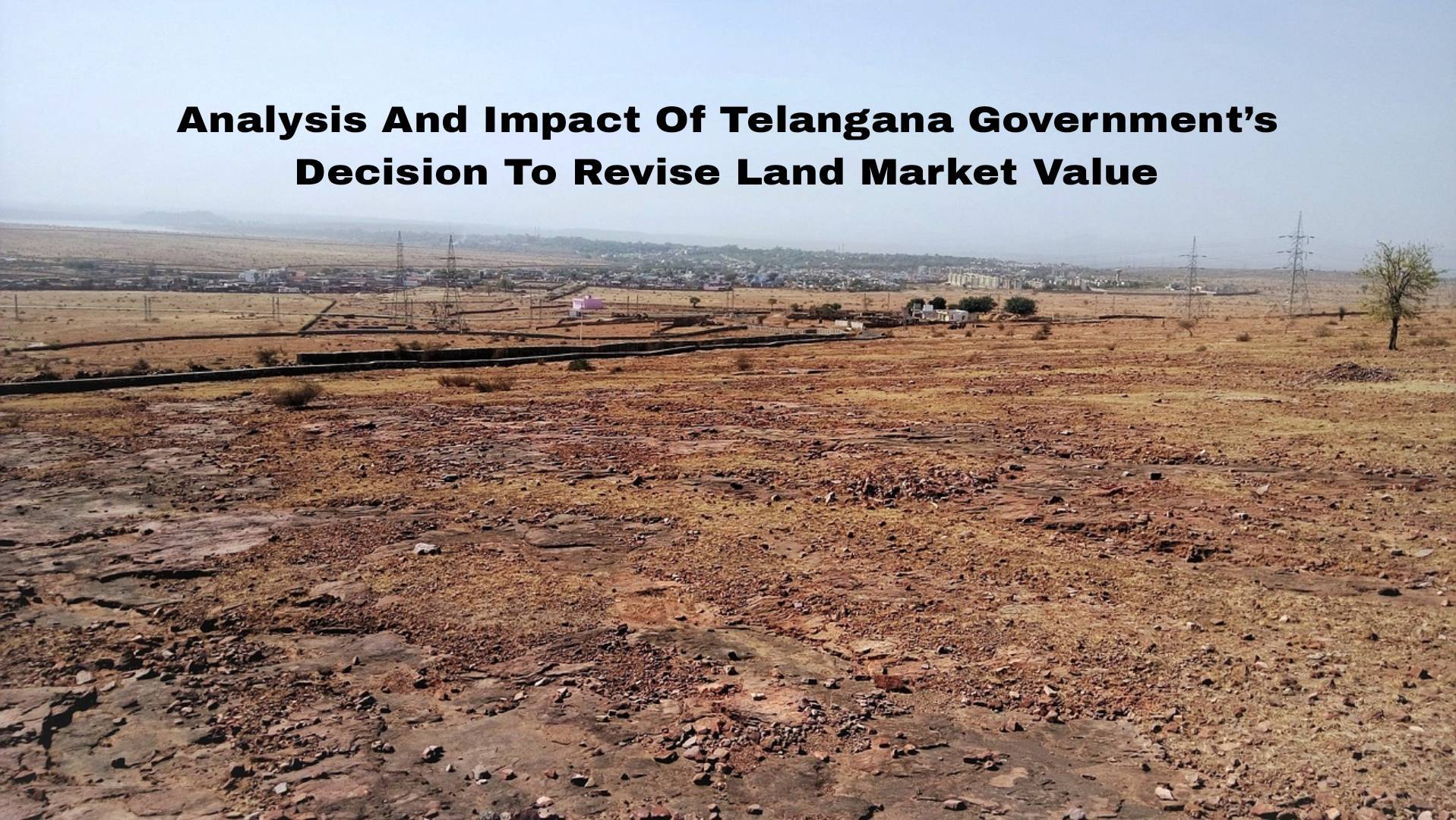In the wake of significant economic shifts, India's real estate sector has witnessed an influx of debt financing, marking a pivotal period from 2018 to 2023." According to a detailed report by JLL India and Propstack titled "Decoding Debt Financing: Opportunities in Indian Real Estate," the sector saw a remarkable influx of debt sanctions totaling Rs 9.63 trillion during these pivotal years.
Overview of Debt Sanctions
The report reveals that the Indian real estate market received a cumulative debt sanction of Rs 9,63,441 crore over the six-year period, averaging approximately Rs 1,61,000 crore per annum. This consistent flow of debt financing highlights the sector's robustness and its ability to attract capital despite economic fluctuations and regulatory challenges.
Regional Distribution and Key Cities
An analysis of debt sanctions across major cities reveals that Mumbai, Delhi-NCR, and Bangalore emerged as the top destinations, collectively accounting for 80% of the total debt sanctioned. These cities are known as the primary hubs for real estate activities in India, characterized by high demand for residential, commercial, and retail spaces. The concentration of debt financing in these urban centers underscores their strategic importance and attractiveness to investors and developers alike.
Impact of Economic Challenges
The report acknowledges several challenges that impacted the real estate debt market during the review period. The IL&FS crisis in 2018 and the subsequent liquidity crunch in the non-banking financial sector (NBFC) significantly disrupted financial flows. Additionally, the COVID-19 pandemic in 2020 exacerbated these challenges, leading to a temporary slowdown in construction activities and project financing. However, despite these setbacks, the sector demonstrated resilience and began to recover steadily from 2021 onwards.
Resurgence and Future Outlook
The resurgence of the real estate market post-2020 has been a notable highlight, driven by various factors including pent-up demand, favorable government policies, and increased investor confidence. As a result, the report forecasts a promising future for the sector, projecting a potential debt financing opportunity of Rs 14 trillion (approximately USD 170 billion) between 2024 and 2026. This optimistic outlook reflects renewed investor interest and the sector's ability to adapt to changing market dynamics.
Institutional Investments and Foreign Interest
Institutional investors have played a crucial role in shaping the real estate financing landscape in India. The report highlights that a significant portion of the debt sanctions came from institutional sources, including banks, housing finance companies, and private equity funds. Moreover, foreign investors have shown considerable interest in the Indian real estate market, attracted by its growth potential and stable returns. Foreign direct investment (FDI) regulations easing in recent years have further facilitated foreign capital inflows into the sector.
Policy Implications and Regulatory Framework
The government's policy initiatives have been instrumental in supporting the real estate sector's recovery and growth trajectory. Measures such as the implementation of Real Estate (Regulation and Development) Act, 2016 (RERA), and the Affordable Housing Fund have enhanced transparency, boosted buyer confidence, and encouraged investments. Additionally, initiatives like Smart Cities Mission and Housing for All have spurred demand for real estate projects across tier 1, 2, and 3 cities, thereby stimulating economic activity and employment generation.
Challenges and Opportunities Ahead
Despite the positive outlook, the real estate sector continues to face several challenges that warrant attention. These include regulatory compliance, land acquisition issues, project execution delays, and fluctuations in market demand. Addressing these challenges effectively will be crucial for sustaining the sector's growth momentum and unlocking its full potential.
Conclusion
The Indian real estate sector's journey through significant debt financing over the past six years reflects its resilience and adaptability amidst economic uncertainties. The substantial debt sanctions totaling Rs 9.63 trillion underscore the sector's critical role in driving economic growth, employment generation, and infrastructure development. Looking ahead, with a projected financing opportunity of Rs 14 trillion in the next three years, the sector is poised for continued expansion and transformation. By leveraging technological advancements, embracing sustainable practices, and fostering investor confidence, the Indian real estate market can navigate challenges and emerge as a beacon of growth in the global arena.
Image source- pixabay.com









.png)